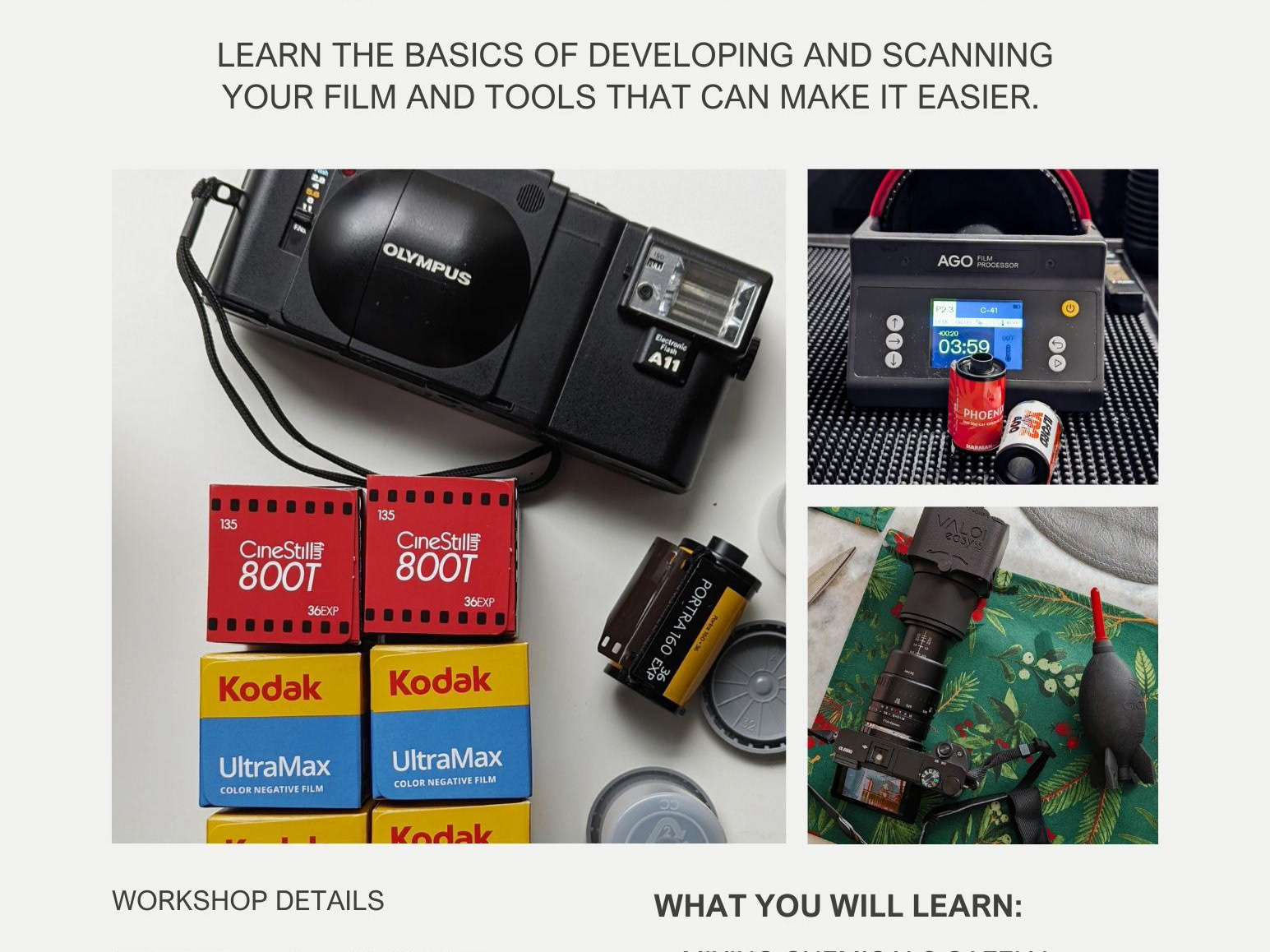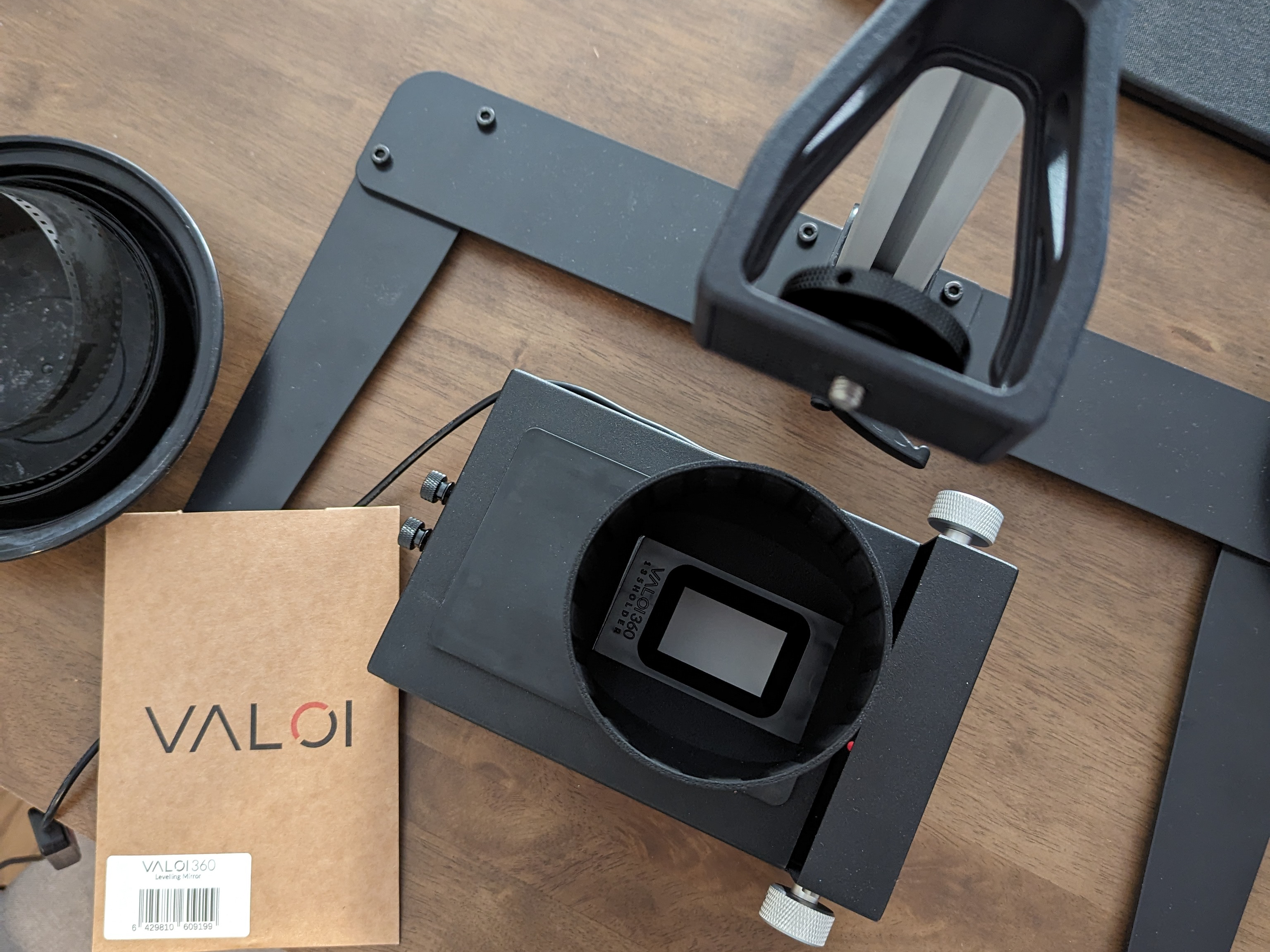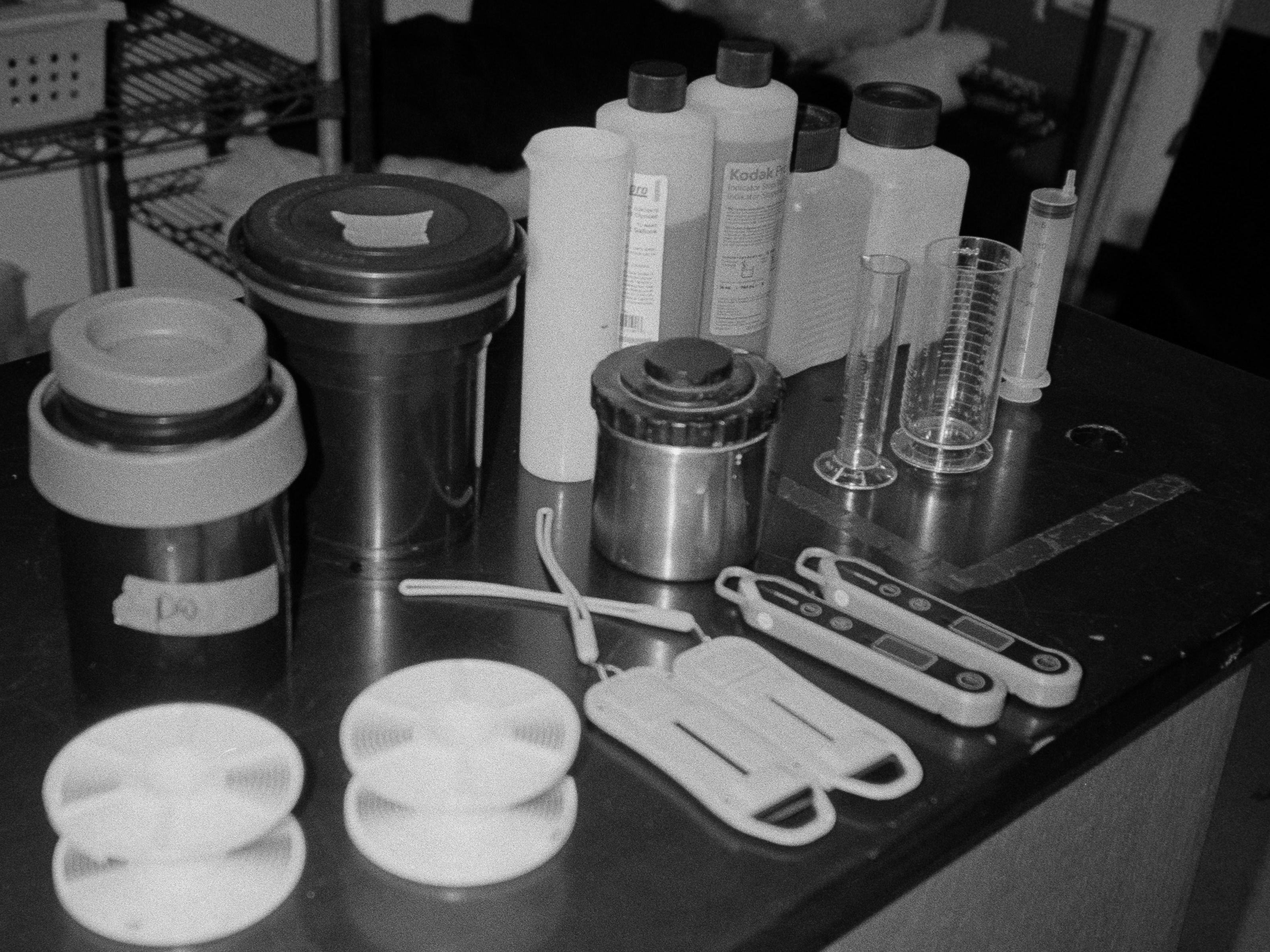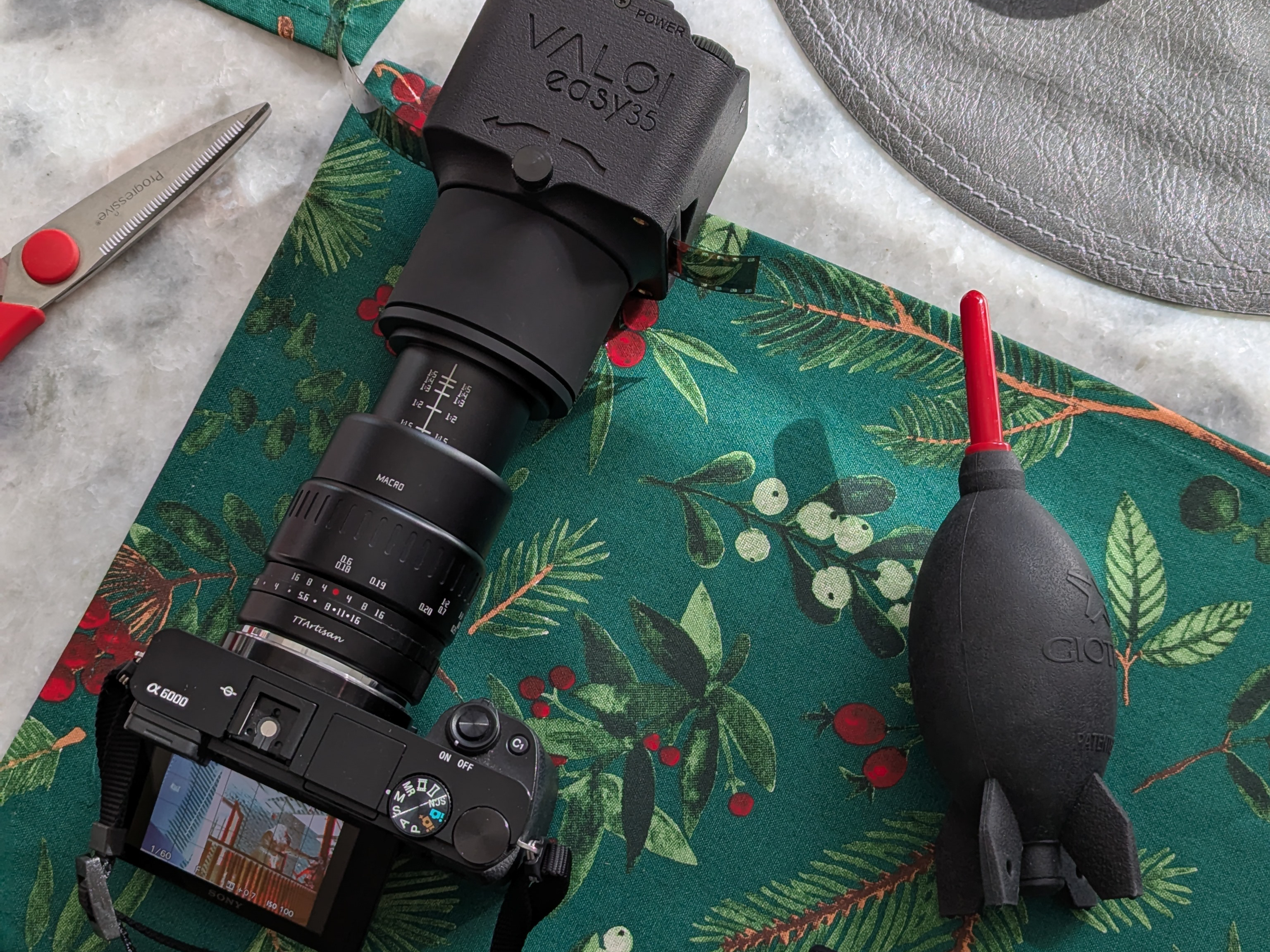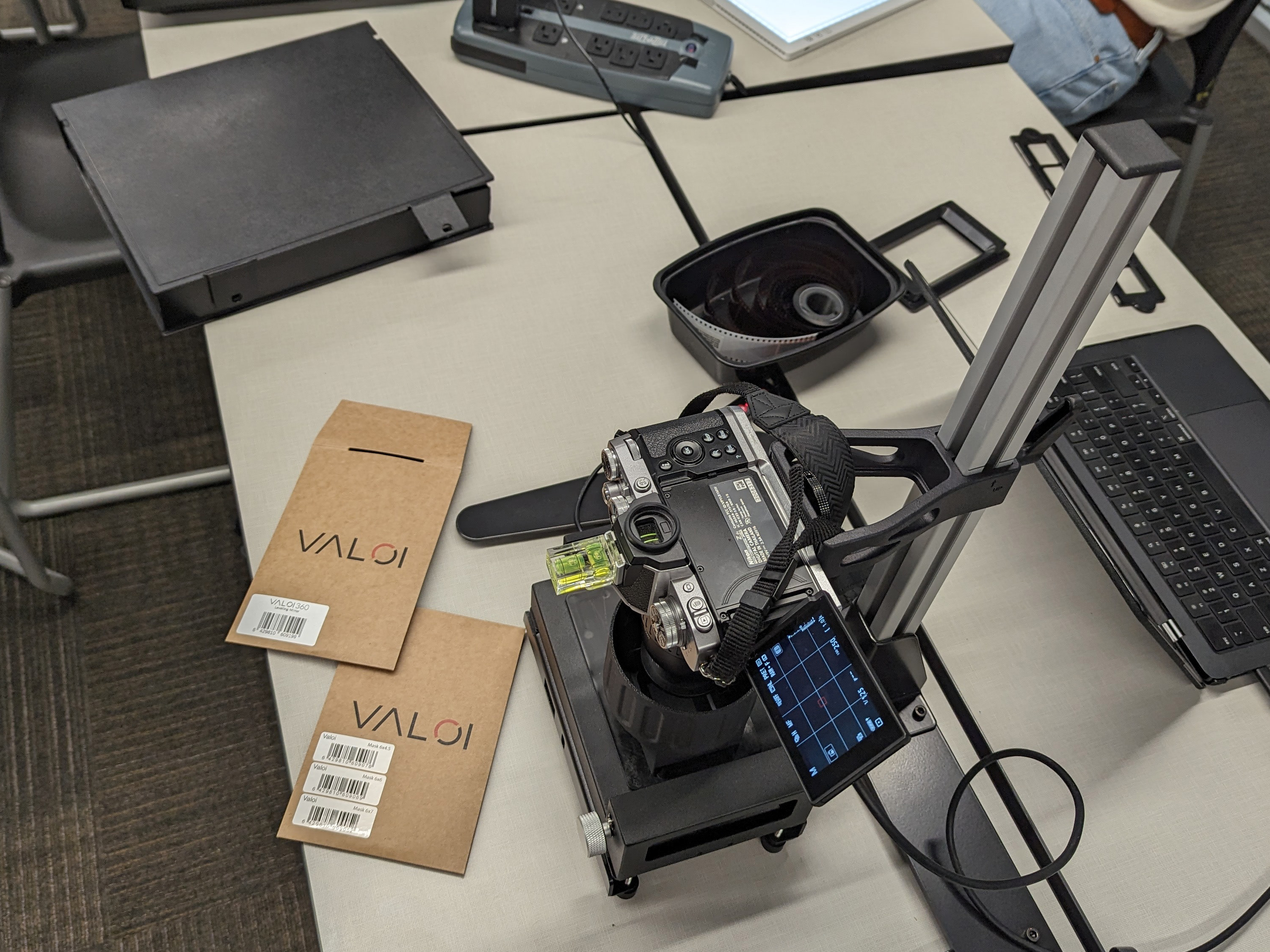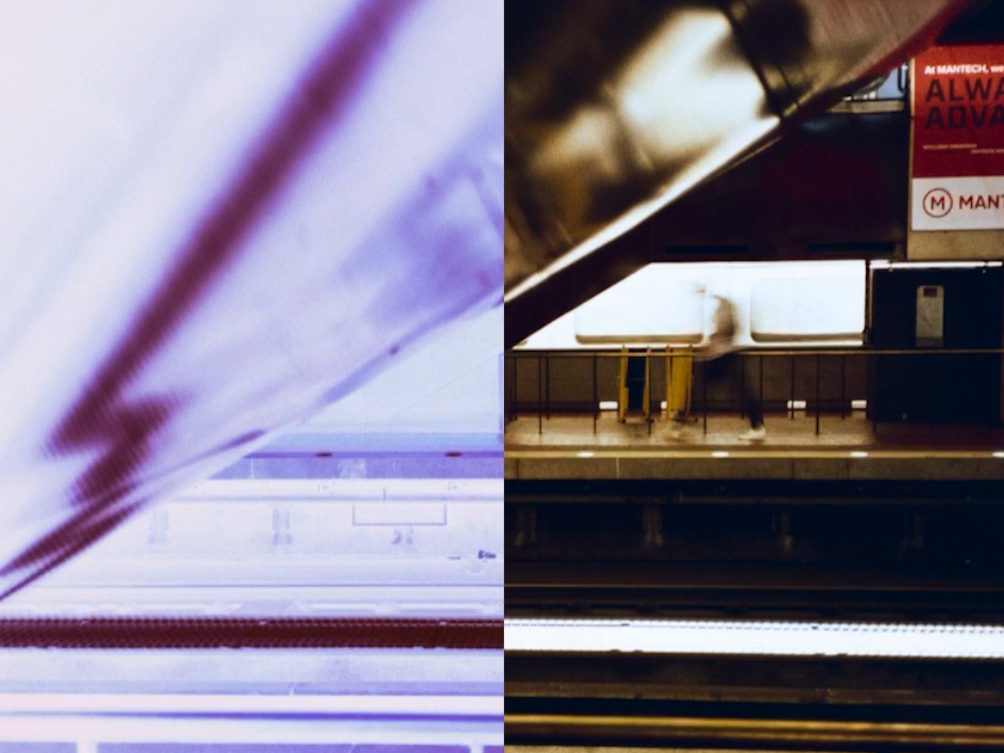I got started with film after inheriting my grandfather’s 1953 Agfa Record III 6x9 120 film folder and Voigtlander Vitessa 35mm rangefinder in late 2023. After sending a few rolls off to be developed, I found that I was spending upwards of $20 per roll for high-resolution, print-worthy scans. I quickly realized this cost would make my newfound hobby unsustainable, especially at the volume I wanted to shoot. Plus, I was handing over a lot of control to a lab technician, and results could vary greatly—even from the same lab. Film is a tactile, analog medium, and I felt like I was missing out.
After spending an inordinate amount of time on Reddit and other forums, and attending a few film-focused events with my local photography clubs, I decided to teach myself how to develop and scan. For more on how I develop black-and-white film, click here. My process for developing color film is coming soon. Keep reading to learn how I scan.
What Method of Scanning Do You Recommend?
After processing over 100 rolls in my first year of shooting film, I’ve come to the simple conclusion that, in 2025, camera scanning is the fastest and most consistent way to digitize 35mm and most 120 film.
The speed and consistency you can achieve at home using a modern digital camera, film holder, macro lens, and new color inversion software like Negative Lab Pro or Filmomat SmartConvert beats any marginal resolution gains from flatbed scanners or even high-end professional-grade home scanners. In my experience, the quality and flexibility of even an inexpensive camera scanning setup can rival or exceed the best 1990s-era lab scanners still used in many professional film labs. For example, read any recent review of the new Harman Phoenix 200 film, and compare the results from camera scans vs. lab scans. I bet that you will prefer the camera scanning results to traditional lab scans.
Plus, the speed puts nearly any home scanner to shame. For example, using the Valoi 360 advancer system, my Nikon Zfc mirrorless camera, and a TTArtisans 40mm F2.8 macro lens, I’m able to digitize an entire roll of 35mm film in 2-3 minutes. Using the excellent Epson V600 flatbed scanner, it could take me 2-3 minutes per frame, not including the extra time and effort required to prepare the film for flatbed scanning. I can achieve similarly speedy results using the much less expensive and more compact Valoi Easy35 system or any number of 3D-printed equivalents from eBay or Etsy.
When Do You Suggest Flatbed Scanning or Other Dedicated Scanners?
When Cost Is a Concern
Of course, camera scanning isn't the only option. Depending on your budget and gear, other methods might work better. Photography is all about using the equipment you have. If you don’t want to spend the money on a camera scanning setup, or if you already own a flatbed scanner or dedicated film scanner, by all means, use what you have.
I acknowledge that not everyone can invest in an interchangeable lens digital camera or high-quality macro lens. For those starting out, flatbeds like the Epson V600 or dedicated scanners from brands like PlusTek or Pacific Image are excellent budget-friendly options. These can often be found in good used condition for $200 or less on Facebook Marketplace or eBay.
When It Suits Your Workflow or Style
Everyone’s preferences and workflows are different. Some people prefer the simplicity of flatbed or dedicated film scanners. Others might have access to the best professional lab-grade scanners money can buy or simply prefer the colors and resolution from traditional scanners. In all these cases, do what suits you. Done the right way, pretty much any method for home scanning will produce excellent results.
Buy Once, and the Best You Can Afford
If you're serious about film photography, investing in a fast, reliable solution—like a camera scanning setup—can save you time and money in the long run. While the initial cost can be steep, waiting a little to buy the best you can afford will pay dividends because time equals money. Check out this Cheap Film Scanning guide on YouTube for ideas on how you can get into camera scanning inexpensively.
Ultimately, the best scanning method is the one that works for you. For me, camera scanning has been transformative—both creatively and practically. I hope this guide helps you explore the best solution for your own film photography journey!
Learn More
Click through to read my thoughts on the best cameras + lenses for camera scanning and why I use the Valoi 360 system of film holders.
